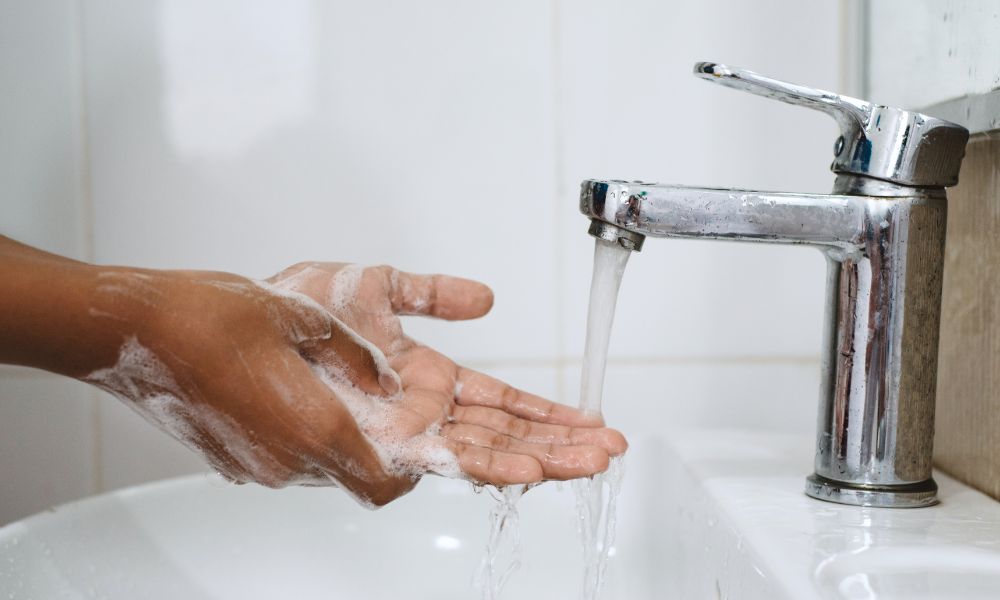
 press-releases
press-releases 
Salmonella is a common infection that many people experience at some point in their lives. Read on to learn the effects, treatment, and prevention of salmonella so you can reduce your risk and protect your health.
Salmonella is a group of bacteria that can cause foodborne illnesses, such as gastroenteritis, and is common in raw poultry, eggs, beef, and sometimes unwashed fruits and vegetables. It spreads through fecal contamination, meaning it can also be present in water sources. When ingested, these bacteria can cause various health problems, some of which can be severe.
Salmonella infection, or salmonellosis, typically causes symptoms like diarrhea, fever, abdominal cramps, vomiting, and sometimes bloody stools. These symptoms can start from six hours to six days after exposure and can last anywhere from three to seven days.
While most people recover from these symptoms within a week, severe cases can occur if the infection spreads beyond the intestines to other areas of the body. This can lead to serious long-term health effects of salmonella infection, such as meningitis or reactive arthritis, making it essential to recognize and treat salmonellosis as soon as possible.
Diagnosis of salmonellosis usually begins with a clinical examination followed by laboratory tests. A stool sample is sent for culture to identify the presence of Salmonella bacteria. Some cases may also require blood tests or imaging studies to determine the extent of the infection.
Treatment for salmonellosis largely depends on the severity of the infection. Most mild cases can resolve with proper hydration, electrolyte replacement, and over-the-counter medications to manage symptoms. However, if the infection has become severe or the patient is at high risk for complications, antibiotics may be necessary to eliminate the bacteria.
Preventing salmonellosis requires a combination of good personal hygiene and food safety measures. Here are some tips for reducing your risk of infection and ensuring the effects, treatment, and prevention of salmonella:
Having knowledge about the effects, treatment, and prevention of salmonella can help keep you safe from this common yet potentially dangerous infection. By following these guidelines and making conscious choices in your everyday life, you can minimize the risk of falling ill and contribute to a healthier community.
24World Media does not take any responsibility of the information you see on this page. The content this page contains is from independent third-party content provider. If you have any concerns regarding the content, please free to write us here: contact@24worldmedia.com